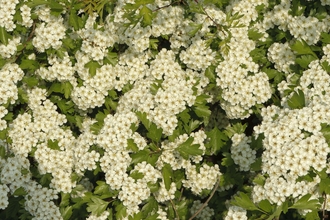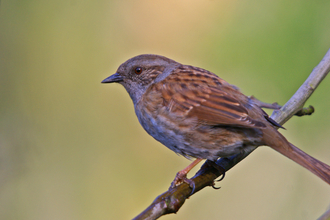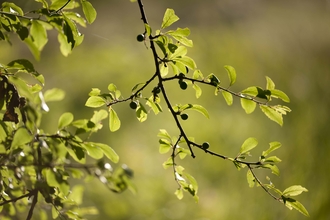Even from the car, we can appreciate their beauty as we pass. The glowing autumn colours and the bright bounty of fruits and berries bring delight to the day. However, I’m not content with passing them by, even at a dawdling 20mph with the window down to appreciate the scent of autumn. I’m off out on foot to see what’s around.
Hedges are a wonderful habitat, but often sadly neglected and disregarded, or over-zealously flailed by machine leaving battered remnants and bits all over the road. A properly managed hedge, on the other hand, will last for centuries and provide a stock-proof barrier, a highly varied ‘edge’ habitat and a vital corridor for wildlife. I’m thinking about tall, wide hedges with good thick bases from having been properly laid, frequent fully grown trees emerging from their tops, and a wealth of different woody species – hawthorn, blackthorn, dog rose, field maple, dogwood, hazel, elder and holly are all common in the hedges where I live, with oak, ash and fruit trees growing along them. Ivy scrambles though them, along with brambles, honeysuckle and bryony with its traffic-light berries ripening from green through yellow to bright red. Dunnocks scuffle through the base of the hedge, wrens pick tiny spiders from amongst the thorns and a robin is still singing from a wayward branch sticking out of the hedge top. Shrews bicker around the roots, voles fidget in the gradually dying grasses and a gap shows where a badger squeezes through on his regular patrol, beating the bounds of his clan’s territory and marking them with latrine pits by the bottom of the hedge. Where the leaves have already fallen, a bird’s nest is exposed as a dark clot among the branches, but the hedge is no longer a nursery – now it’s a larder.






